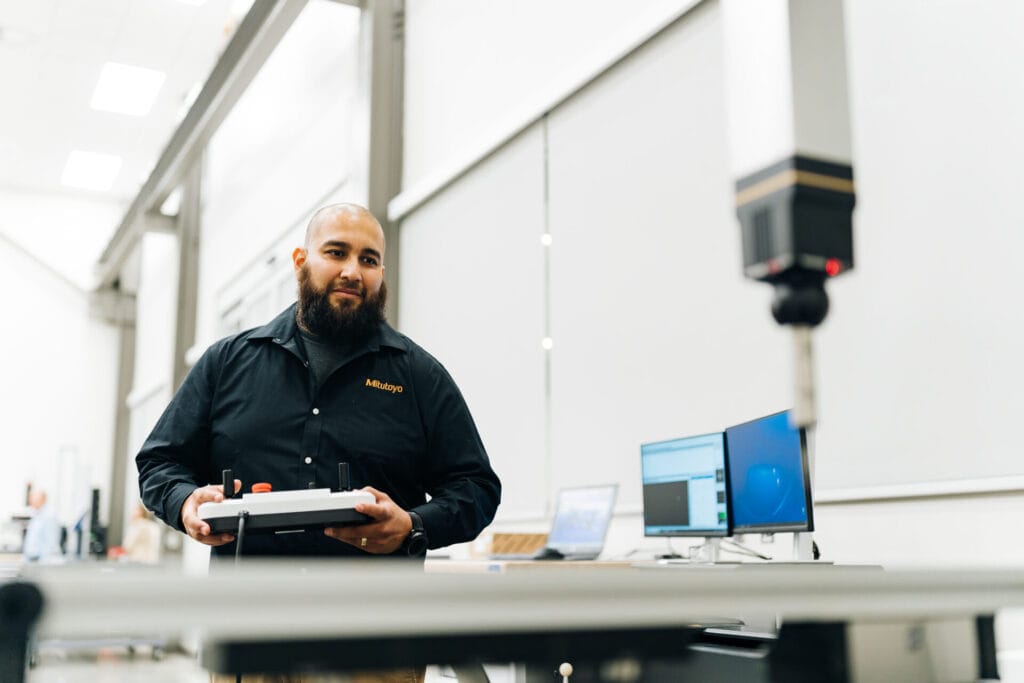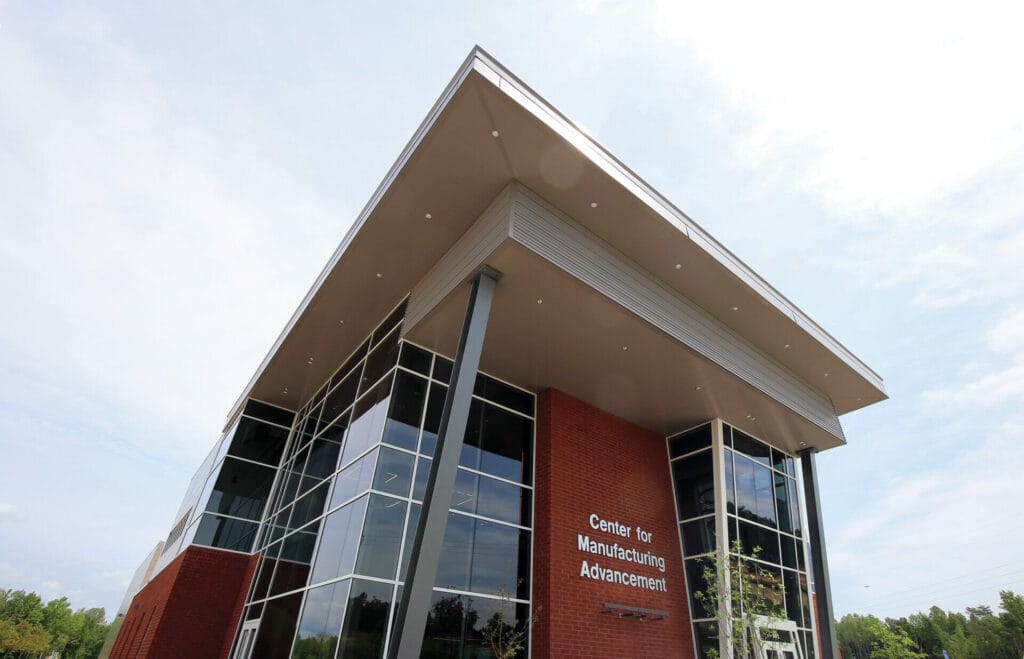The March 2024 edition of IALR at a Glance is jam-packed with exciting news and updates! Learn more about…
- REACH Partnership Improving Public Health
- Second GO TEC® Robotics Competition a Great Success
- 190 Student Participated in AspHIRE Mock Interview Day
- Partners Unite for Successful Family Literacy Night at IALR
- Much more!

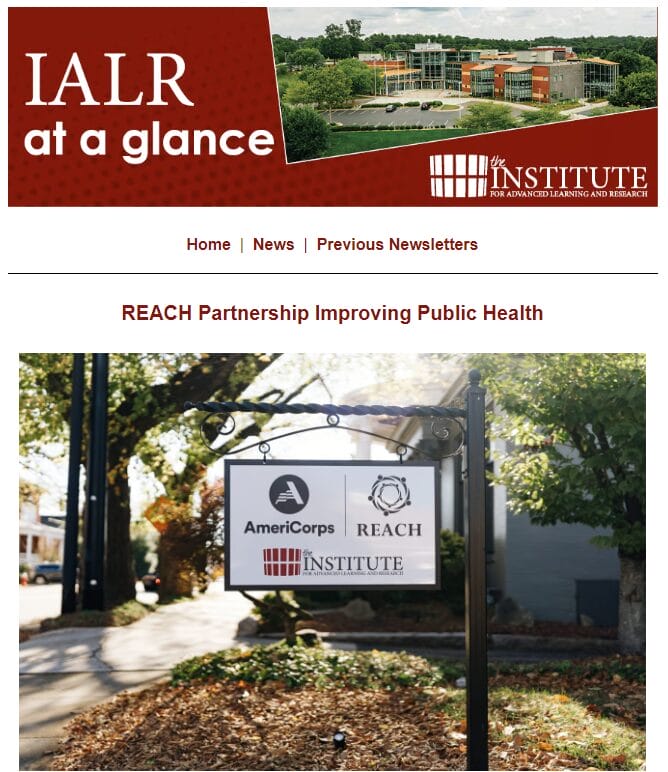
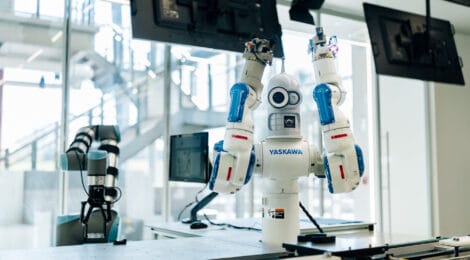



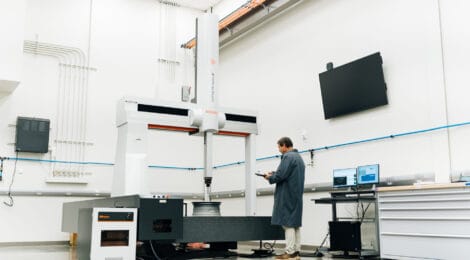
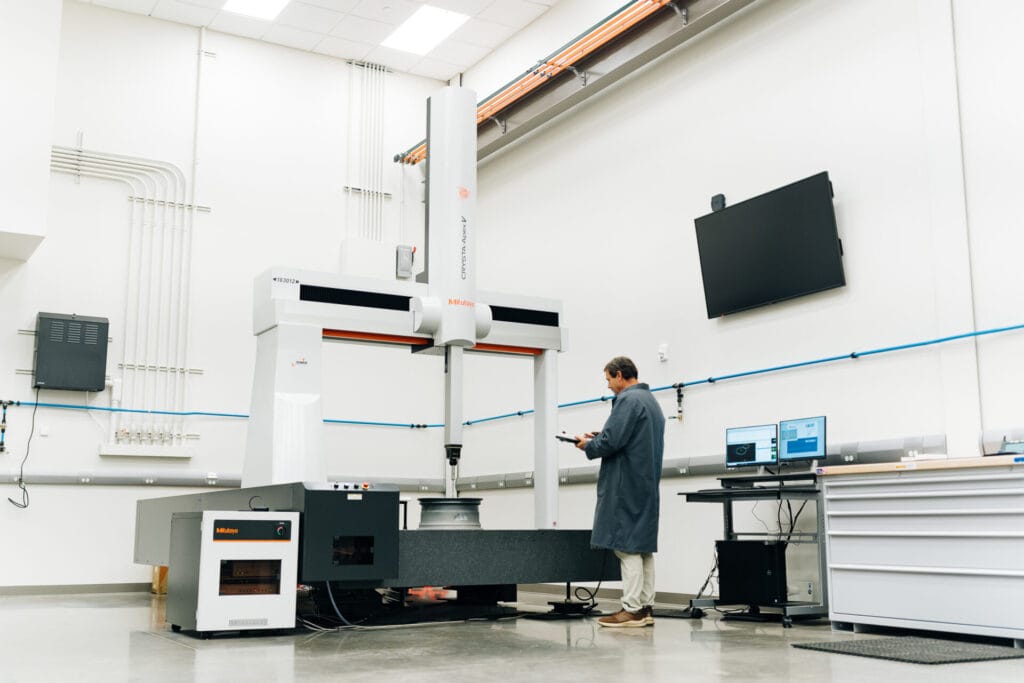
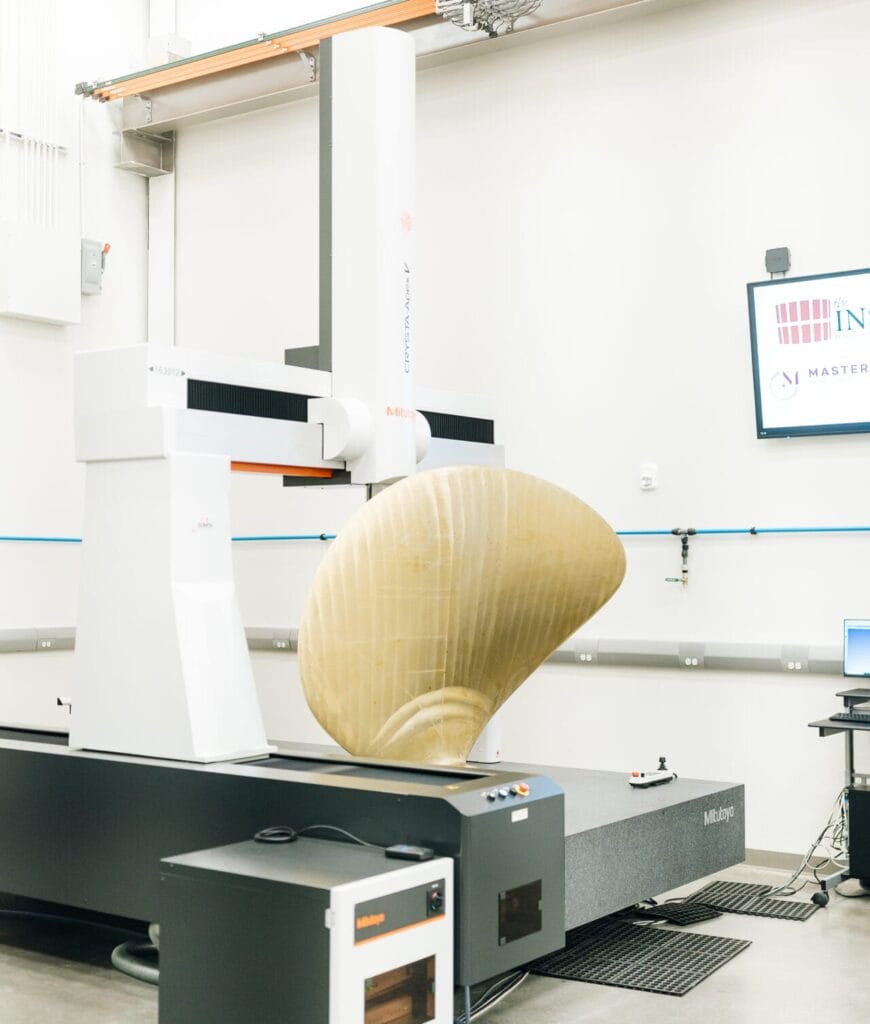 Top-Tier Metrology Through Partnerships
Top-Tier Metrology Through Partnerships